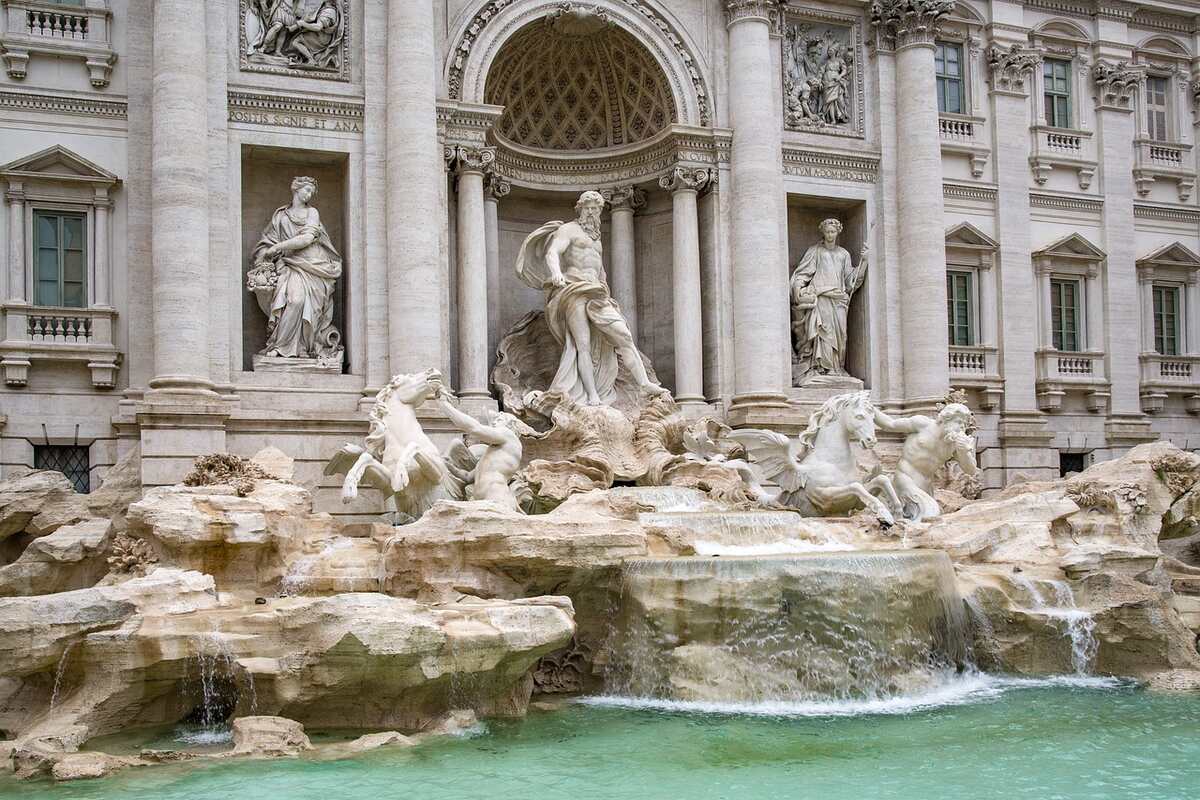The Trevi Fountain in Rome is a masterpiece of Baroque art and one of the most famous landmarks in the world. Every year, millions of tourists flock to see this magnificent fountain and take part in an age-old tradition: tossing coins into its waters. While the ritual is said to bring good fortune—particularly a return to Rome—it also results in a significant accumulation of money. But what happens to all that cash? In this post, I’ll explore the history of the Trevi Fountain, the meaning behind the coin-throwing tradition, and where the millions of euros collected each year end up.
The Trevi Fountain: A Historical Masterpiece
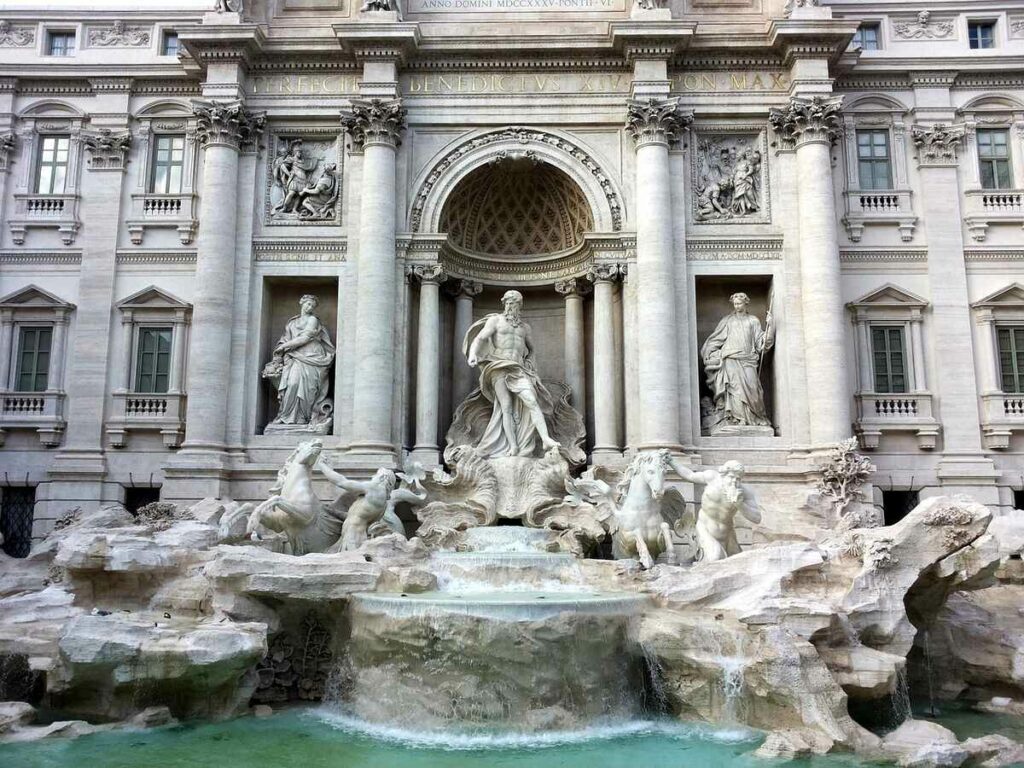
The Trevi Fountain has a history dating back to ancient Rome, though the structure we see today is more modern. The fountain marks the end of the Aqua Virgo, an aqueduct built in 19 BC by Agrippa, the son-in-law of Emperor Augustus, to bring fresh water into the city. The name “Trevi” comes from its location at the junction of three streets, or “tre vie,” in Italian.
In 1732, Pope Clement XII commissioned the redesign of the fountain, and it was the Italian architect Nicola Salvi who began the project. Unfortunately, Salvi did not live to see his work completed, but the fountain was finished in 1762 under the direction of Giuseppe Pannini. The fountain’s grand design centers around Neptune, the Roman god of the sea, who commands the waters atop a chariot pulled by two horses, symbolizing the contrasting moods of the sea—calm and tumultuous.
The Coin-Throwing Tradition: A Wish to Return
One of the most popular traditions associated with the Trevi Fountain is the coin toss. The origins of this practice are believed to stem from an ancient Roman custom, where soldiers would toss coins into bodies of water to ensure a safe return from battle. Over time, this evolved into a tradition where visitors throw a coin over their left shoulder into the Trevi Fountain with the hope of returning to Rome.
According to legend, tossing one coin guarantees a return trip to Rome, two coins promise a new romance, and three coins may even lead to marriage. While the superstition remains a fun activity for tourists, the act of throwing coins has real-world consequences—generating millions of euros annually.
The Amount of Money Thrown into the Trevi Fountain
The sheer volume of coins collected from the Trevi Fountain is staggering. On average, around €1.5 million is tossed into the fountain each year. This amount has only grown as the fountain remains a must-see destination for visitors to the Eternal City. Coins are collected daily by municipal workers, ensuring that the fountain remains clean while the collected money can be put to good use.
Where Does the Money Go?
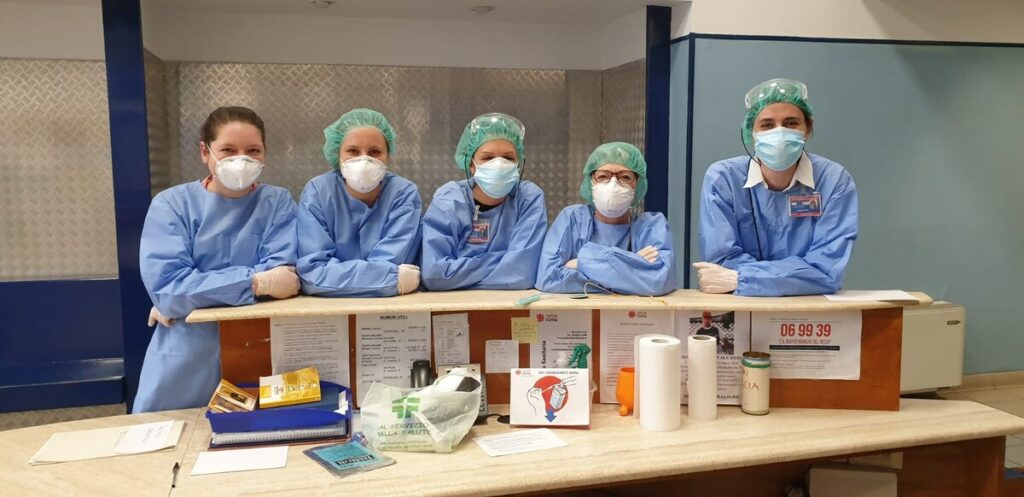
Many visitors are surprised to learn that the money from the Trevi Fountain is used for charitable causes. Since 2001, the collected coins have been donated to Caritas, a Catholic charitable organization that supports those in need. Caritas uses the funds to run programs for the homeless and disadvantaged communities in Rome, providing them with essential services like food, shelter, and medical assistance.
This arrangement has turned a light-hearted tourist tradition into a meaningful contribution to the city’s most vulnerable residents. The millions of euros collected each year make a tangible difference in improving lives, and the money from the fountain is a vital part of Rome’s social safety net.
Maintenance of the Trevi Fountain
While the money from the fountain supports charitable causes, maintaining the Trevi Fountain itself requires separate funding. The Rome Municipality oversees its upkeep, with periodic restorations ensuring that the fountain remains in pristine condition. The 2014-2015 restoration sponsored by Fendi was one of the most significant in recent years. This extensive project included not only cleaning and repairing the fountain’s façade but also updating the water pumps and adding new LED lighting to highlight its stunning beauty at night.
Cultural Significance and Global Appeal
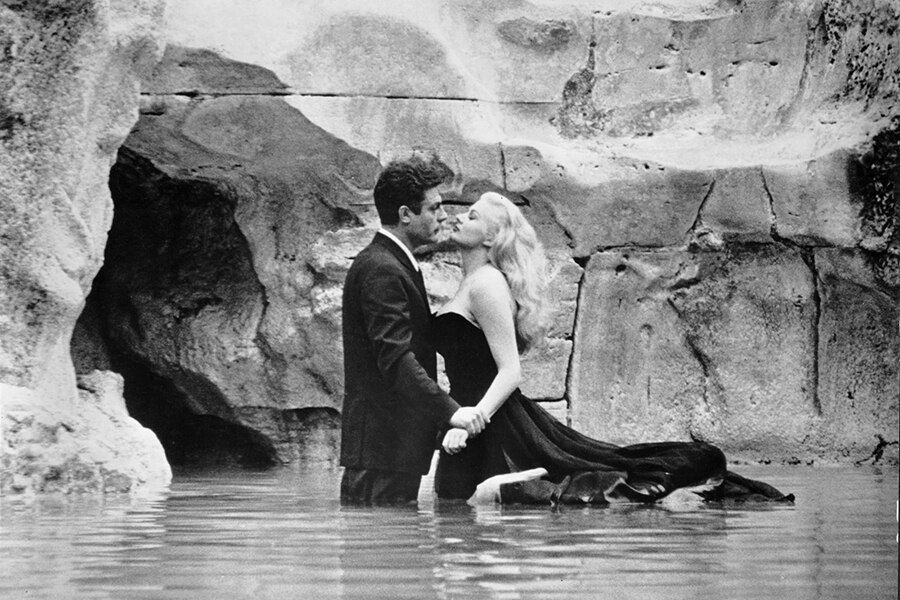
The Trevi Fountain has become an enduring symbol of Rome’s grandeur and artistic legacy. It has featured prominently in popular culture, from La Dolce Vita to countless other films, and is a site of romantic nostalgia for travelers around the world.
But beyond its artistic and cultural importance, the Trevi Fountain plays a practical role in the lives of Rome’s less fortunate. Each coin tossed into its waters represents not only a wish but also a small but significant act of charity. For tourists, it’s a moment of hope; for the residents benefiting from Caritas’ programs, it’s a lifeline.
More Than Just a Fountain
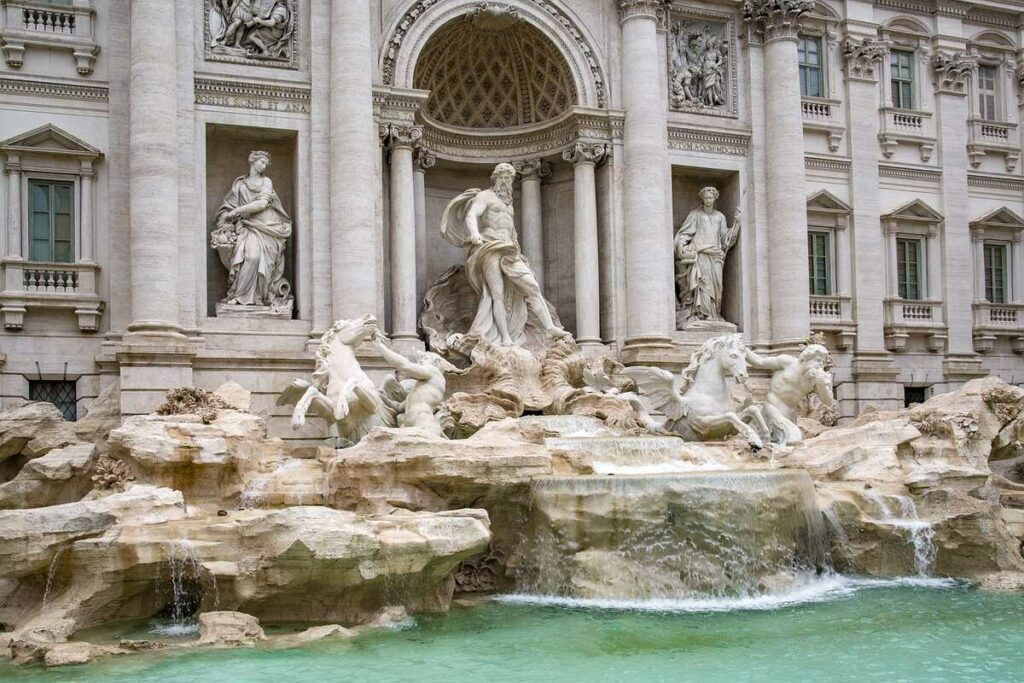
The Trevi Fountain is more than a stunning piece of art or a romantic backdrop for photos—it is also a testament to the power of tradition and charity. The millions of euros thrown into its waters each year help those in need, turning a simple tourist activity into a force for good. Next time you visit Rome and participate in the ritual, you can be confident that your coin isn’t just a wish for the future—it’s a meaningful contribution to the present.
In this way, the Trevi Fountain serves as both a symbol of the city’s history and a beacon of hope, showing that even the smallest of acts—like tossing a coin—can ripple into something much larger.
UPDATE: Rome is considering an admission to toss coins into the fountain!
Read more about Italy here and here.
As you embark on your travels, remember that our journey leaves an impact. Embrace eco-friendly accommodations, support local communities, and reduce plastic use. Respect wildlife by observing from afar and conserve resources like water and energy. Choose sustainable transportation, leave no trace behind, and participate in conservation efforts. Educate yourself and others about the environment you’re exploring. Let’s ensure that we tread lightly on our planet, leaving only footprints of kindness and taking home memories that inspire others to protect our beautiful world. Happy responsible travels!

